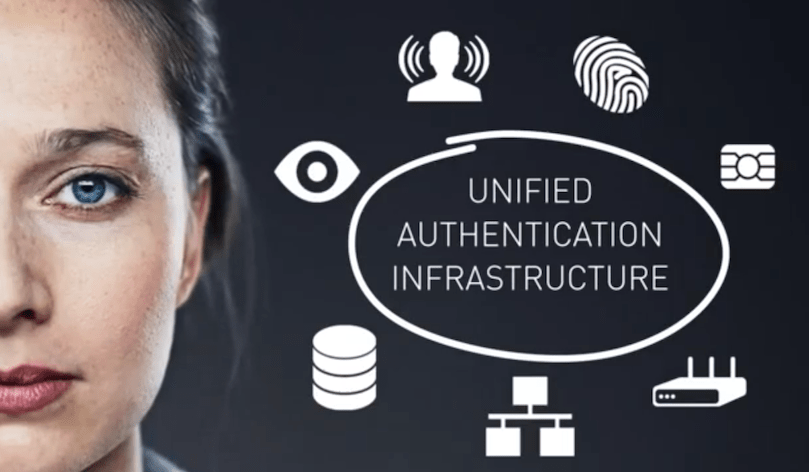Nok Nok Labs, a security startup focused on making two-factor authentication even stronger, raised a $4 million round of debt financing today from exist investors Onset Ventures and DCM.
[aditude-amp id="flyingcarpet" targeting='{"env":"staging","page_type":"article","post_id":760899,"post_type":"story","post_chan":"none","tags":null,"ai":false,"category":"none","all_categories":"entrepreneur,security,","session":"B"}']The company announced a $15 million first round of funding in February, though a spokesperson explained to VentureBeat that this funding actually closed in 2011.
Two-factor authentication is getting a lot of attention now that big companies such as Apple, Twitter, Evernote, and others are adopting it. All of these companies have been the subject of hacking incidents in the last year, and two-factor authentication should provide an extra bit of security for its users.
AI Weekly
The must-read newsletter for AI and Big Data industry written by Khari Johnson, Kyle Wiggers, and Seth Colaner.
Included with VentureBeat Insider and VentureBeat VIP memberships.
As it stands, two-factor authentication usually involves sending the user a code, which supplements the traditional username and password login combination. The code comes through an app, such as Google authenticator; a dongle, such as RSA’s SecureID; or through an SMS message.
But even Nok Nok Labs is saying that two-factor in its current state needs to be just the base-level for what this technology could be.
“We think the market will come to the realization that much more will have to be done to address current authentication issues,” Nok Nok Labs senior director Jamie Cowper told VentureBeat in an earlier interview. “We expect to see the enthusiasm for SMS two-factor authentication to dim and the adoption of more innovative approaches in the future.”
Nok Nok Labs is working on its Unified Authentication Infrastructure product — a form of two factor authentication that companies can build off of. The technology takes advantage of existing features in the devices their employees already have. Say if an employee is trying to access something on their smartphone, they may have to swipe a finger to prove they are really there.
The infrastructure is just that — the scaffolding on which developers can come in and build their own forms of two-factor authentication.
The debt funding comes in the form of convertible notes to existing investors. The spokesperson would not otherwise elaborate whether this financing would be put toward product or other areas within the company.
[aditude-amp id="medium1" targeting='{"env":"staging","page_type":"article","post_id":760899,"post_type":"story","post_chan":"none","tags":null,"ai":false,"category":"none","all_categories":"entrepreneur,security,","session":"B"}']
VentureBeat's mission is to be a digital town square for technical decision-makers to gain knowledge about transformative enterprise technology and transact. Learn More

